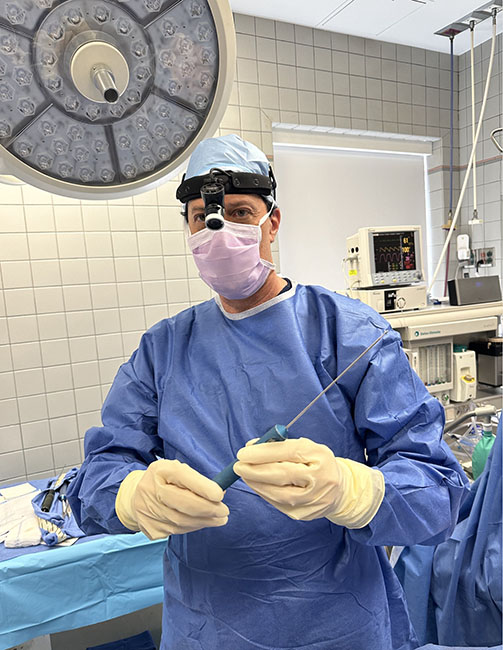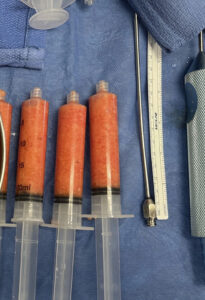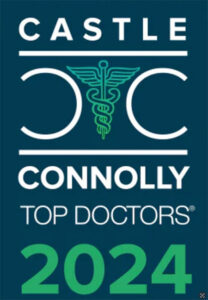Autologous Fat Grafting
Posted On: June 07, 2024 Author: The Office of Dr. Stuart Linder Posted In: Fat Grafting
Autologous fat grafting is now mainstream in plastic and reconstructive surgery 2024 throughout the world. Dr. Linder performs fat grafting weekly at his state-of-the-art surgical center in Beverly Hills.
 Autologous fat can be grafted from different areas of the body. Most commonly, the fat will be removed with the patient under general anesthesia through a liposuction technique throughout the body. Tumescent liposuction is normally performed with infiltration of tumescent fluid, including epinephrine, sodium chloride and Lidocaine into the fat deposit areas with a Klein needle infiltrator. Subsequently, the fat will be grafted with a small cannula, usually approximately 2.5 mm in diameter. A triple lumen Mercedes cannula with blunt tips can safely remove the fat without disruption in the localized fat deposit areas, including the abdominal area, the hips, the upper abdomen, peri umbilicus, flanks and the iliac crest rolls. Fat can also be removed from the medial thighs and lateral thighs as well as the medial knees and the brachial arm region. The fat will then be cleansed, transferred to remove the supernatant fluid and blood and lead out the pure, clean fat with healthy fat cells. Normally, depending upon the area of infiltration that we transferred into smaller syringes, usually 10 or 20 cc syringes, using the fat grafting and going with the blunt tip, it can safely be transferred into different of areas of the body. The fat can be grafted for breast reconstruction both reconstructed for cancer as well as cosmetic purposes. The fat can be used in larger volumes in order to enhance and increase the actual size of the breast or it can be used in small areas of the breast where there remains paucity of tissue if there is cancer, postoperative radiation or simply minimal breast tissue, if any, after mastectomy cancer surgery.
Autologous fat can be grafted from different areas of the body. Most commonly, the fat will be removed with the patient under general anesthesia through a liposuction technique throughout the body. Tumescent liposuction is normally performed with infiltration of tumescent fluid, including epinephrine, sodium chloride and Lidocaine into the fat deposit areas with a Klein needle infiltrator. Subsequently, the fat will be grafted with a small cannula, usually approximately 2.5 mm in diameter. A triple lumen Mercedes cannula with blunt tips can safely remove the fat without disruption in the localized fat deposit areas, including the abdominal area, the hips, the upper abdomen, peri umbilicus, flanks and the iliac crest rolls. Fat can also be removed from the medial thighs and lateral thighs as well as the medial knees and the brachial arm region. The fat will then be cleansed, transferred to remove the supernatant fluid and blood and lead out the pure, clean fat with healthy fat cells. Normally, depending upon the area of infiltration that we transferred into smaller syringes, usually 10 or 20 cc syringes, using the fat grafting and going with the blunt tip, it can safely be transferred into different of areas of the body. The fat can be grafted for breast reconstruction both reconstructed for cancer as well as cosmetic purposes. The fat can be used in larger volumes in order to enhance and increase the actual size of the breast or it can be used in small areas of the breast where there remains paucity of tissue if there is cancer, postoperative radiation or simply minimal breast tissue, if any, after mastectomy cancer surgery. 
The amount of fat grafting can be as small as 5 to 10 cc in small pivots within the breast or as much as 150 to 200 grams of fat per breast in large volumes Notably, 30 to 40 percent of autologous fat grafted will not survive, so a 60% to 70% take is usually considered within the normal limits of autologous fat grafting due to vascularity or a paucity of blood supply within the breast. Radiated breasts have shown an even significantly less take of fat grafted survivability due to loss of vascular blood supply from radiation.
Fat grafting is also commonly used today for Brazilian Butt Lift or BBL procedures. The fat can be placed in larger volume aliquots into the lateral buttock area. It is safer in Dr. Linder’s opinion to use lateral fat buttock grafting within the posterior buttock itself due to the risk of gluteal vein infusion with fat cells which can lead to inferior venocaval fat embolus which can then lead to a fatal pulmonary embolus.
Fat grafting can also be performed in other areas of the body, specifically, areas where there are deformities, pivots or depression contour deformities associated with a multitude of reasons including trauma, burns or even steroid injections into, for example, arthritic hip, which can lead to fat necrosis above the hip area leading to a depressed deformity.
Fat grafting can also be used sometime to correct liposuction deformities after over-suctioning indifferent areas of the body in order to correct pivots and contour irregularities.
In summary, autologous fat grafting is now mainstream plastic and reconstructive surgery throughout the world, including here in our Beverly Hills practice in order to both enhance and reconstruct the breast as well as the lateral BBL as well as finally for contouring irregularities due to a multitude of trauma and/or cosmetic imperfections.
To schedule your consultation with Dr. Linder or learn more about fat grafting surgery options, or body contouring, call our office at 310-275-4513 or fill out our online contact form today. 